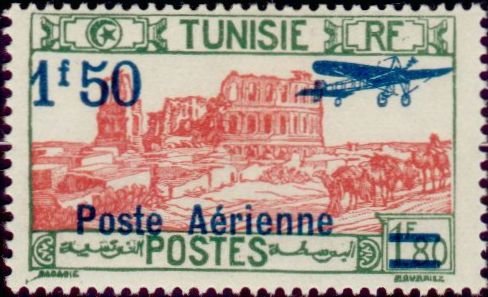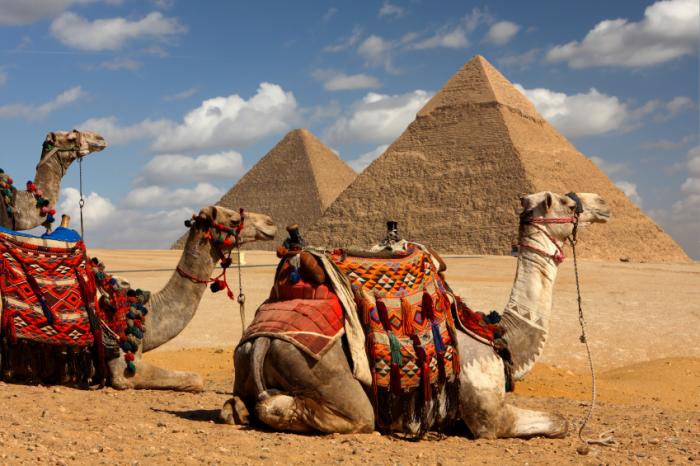Stamp: Amphitheatre of El Jem (Tunisia 1930)
Amphitheatre of El Jem (Tunisia 1930)
01 January (Tunisia ) within release Air Mail goes into circulation Stamp Amphitheatre of El Jem face value 1.50 Tunisian franc
| Stamp Amphitheatre of El Jem in catalogues | |
|---|---|
| Michel: | Mi:TN 169 |
| Yvert et Tellier: | Yt:TN PA11 |
Stamp is square format.
Also in the issue Air Mail:
- Stamp - Amphitheatre of El Jem face value 1.50;
- Stamp - Amphitheatre of El Jem face value 1.50;
- Stamp - Amphitheatre of El Jem face value 1.50;
|
Data entry completed
50%
|
|
|---|---|
| Stamp Amphitheatre of El Jem in digits | |
| Country: | Tunisia |
| Date: | 1930-01-01 |
| Perforation: | 13½ x 12 |
| Emission: | Air Mail |
| Format: | Stamp |
| Face Value: | 1.50 Tunisian franc |
Stamp Amphitheatre of El Jem it reflects the thematic directions:
A camel (from Latin: camelus and Greek: κάμηλος (kamēlos) from Ancient Semitic: gāmāl) is an even-toed ungulate in the genus Camelus that bears distinctive fatty deposits known as "humps" on its back. Camels have long been domesticated and, as livestock, they provide food (camel milk and meat) and textiles (fiber and felt from camel hair). Camels are working animals especially suited to their desert habitat and are a vital means of transport for passengers and cargo. There are three surviving species of camel. The one-humped dromedary makes up 94% of the world's camel population, and the two-humped Bactrian camel makes up 6%. The wild Bactrian camel is a separate species and is now critically endangered.
Ruins (from Latin ruina 'a collapse') are the remains of a civilization's architecture. The term refers to formerly intact structures that have fallen into a state of partial or total disrepair over time due to a variety of factors, such as lack of maintenance, deliberate destruction by humans, or uncontrollable destruction by natural phenomena. The most common root causes that yield ruins in their wake are natural disasters, armed conflict, and population decline, with many structures becoming progressively derelict over time due to long-term weathering and scavenging.


